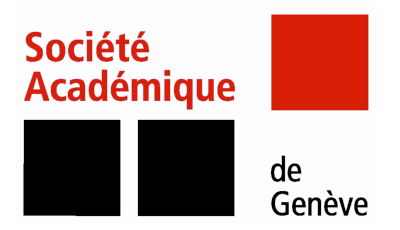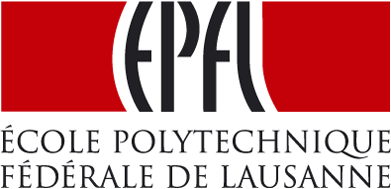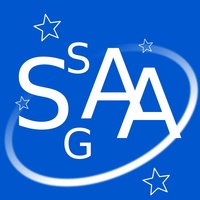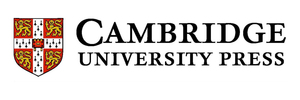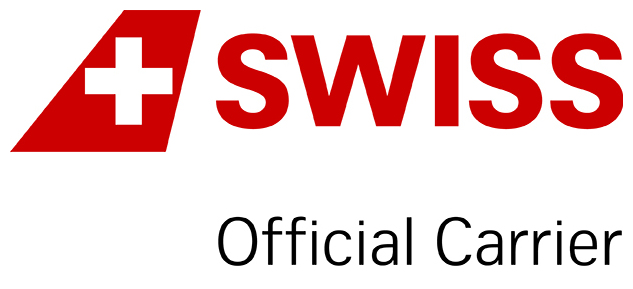Special Meeting SM1
2 July 2014
ASTRONET: Astronomy Towards 2025 and the Decades Beyond
News:
DRAFT INFRASTRUCTURE ROADMAP UPDATE NOW AVAILABLE!
The semi-final draft of the updated Infrastructure Roadmap is now available as a pdf file for consultation and comment before the session - click
here to download it (upper right corner of front page).
Aims and scope
 Since ~1950, European astronomy has developed from a provincial backwater to front-line player on the global scene by learning to plan, cooperate and coordinate. Notably, ESO and ESA have given Europe a globally leading position in infrastructure projects on the ground and in space. But European astronomy consists of more than just ESO and ESA, both in facilities and resources. The European funding agencies for astronomy have therefore united in ASTRONET to forge a joint vision and a plan for coordinating their investments in the future of European astronomy.
Since ~1950, European astronomy has developed from a provincial backwater to front-line player on the global scene by learning to plan, cooperate and coordinate. Notably, ESO and ESA have given Europe a globally leading position in infrastructure projects on the ground and in space. But European astronomy consists of more than just ESO and ESA, both in facilities and resources. The European funding agencies for astronomy have therefore united in ASTRONET to forge a joint vision and a plan for coordinating their investments in the future of European astronomy.
The ASTRONET Science Vision and Infrastructure Roadmap reports (2007/2008) were the initial blueprints for this endeavour. Since then, the ASTRONET partners have worked systematically to turn scientific visions into reality despite the well-known challenging circumstances, and a slate of matching large infrastructure projects on the ground and in space has been approved or will be so shortly. A "mid-term update" of the basic planning documents is therefore timely, and an advanced draft will be reviewed at this session, together with parallel developments elsewhere.
But the new global multi-messenger giants will begin to dominate the scene already around 2025, and major new players will enter the game. How do we coordinate the deployment of these facilities and manage the flood of new data efficiently? How do we strike the right balance between new and existing facilities? And how do we train a new generation of leading scientists for the era of "Big-Science" astronomy? This wealth of new opportunities and challenges is the focus of this session; a web forum for comments will remain open after the session to collect new ideas and suggestions.
Programme
- Welcome: Global Vision; Global Projects (R. Stark; 5 min)
- The Updated ASTRONET Science Vision and Infrastructure Roadmap (I. Robson; 25 min)
- Current ASTRONET Initiatives to Implement the Roadmap (S. Matheussen; 20 min)
- Coordinated Cross-cutting Initiatives in Horizon 2020 and Beyond (M. Garrett; 20 min)
- US Astronomy at Mid-Decade (C. Megan Urry; 20 min)
- Coffee
- European Astronomy 2015-2025: Vistas and challenges (D. Mourard; 20 min)
- Panel Discussion (Panelists from MINECO, APPEC, ASTRONET, ESO, ESA, AAS, EAS; 70 min). Chair: M. Bode)
Tentative list of discussion topics:
- Coordinating science programmes on networked multi-messenger facilities in real time
- Managing and utilising the huge datasets of Big-Science astronomy
- Which existing facilities will be needed? For what? Which are now missing?
- Coordinating science and facilities around the globe, on the sky, and between ground and space
- Relations to other sciences: Physics, biology, . . .
- Preparing a generation of leading astronomers for 2025+ - education and psychology
- The user community: European in 2020; global in 2030
Invited speakers
- M. Garrett, ASTRON, The Netherlands
- S. Mattheussen, ASTRONET/NWO, The Netherlands
- D. Mourard, ASTRONET/CNRS-INSU, France
- I. Robson, Royal Observatory, Edinburgh, UK
- R. Stark, ASTRONET/NWO, The Netherlands
- C. Megan Urry, AAS & Yale University, USA
- Invited Panelists TBC
Scientific organizers
Claude Zeippen, CNRS-INSU, France
Johannes Andersen, The Niels Bohr Institute, Univ. of Copenhagen, Denmark
Contact
Claude Zeippen: claude.zeippen @ cnrs-dir.fr
Johannes Andersen: ja @ nbi.ku.dk
Updated on Wed Jun 11 13:07:21 CEST 2014
|
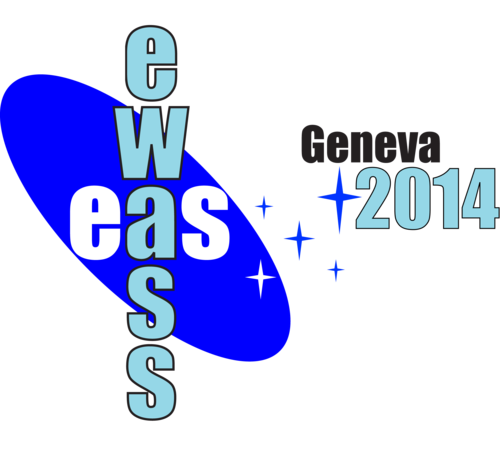
 A power cut will shut down all EAS services on Tuesday, 10 January 2017 starting at 7:30 CET.
A power cut will shut down all EAS services on Tuesday, 10 January 2017 starting at 7:30 CET.



